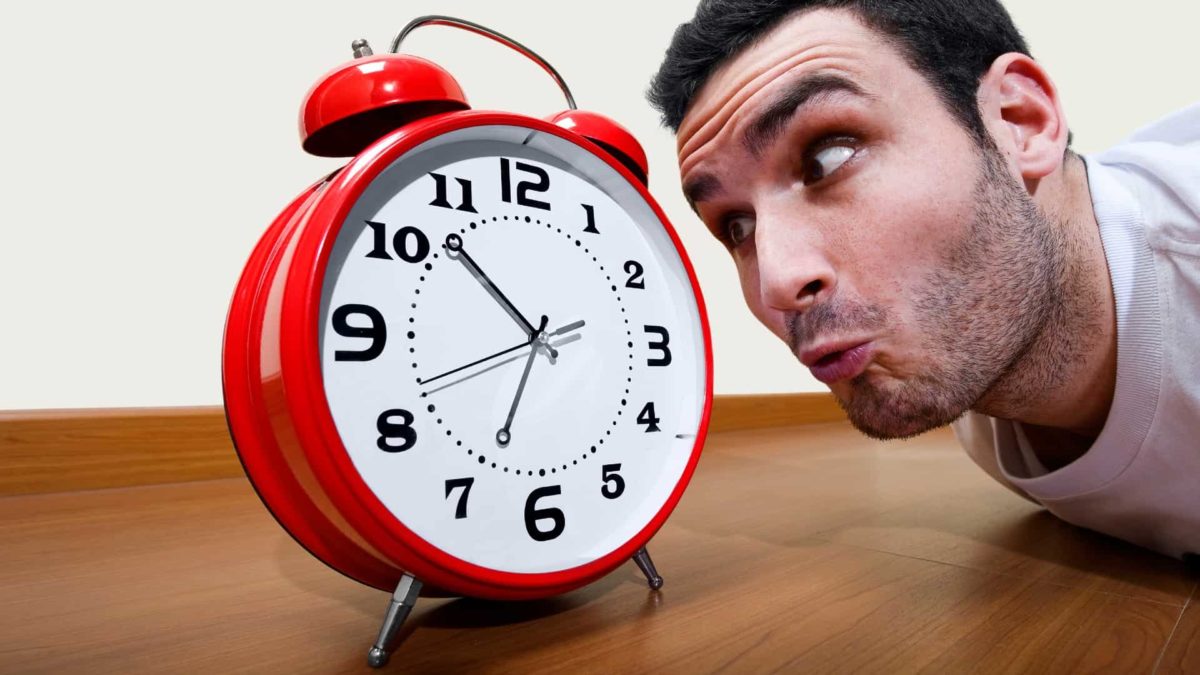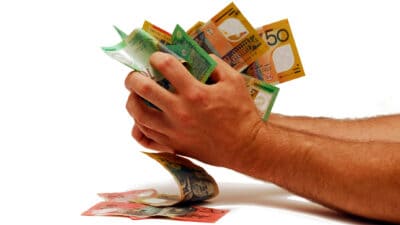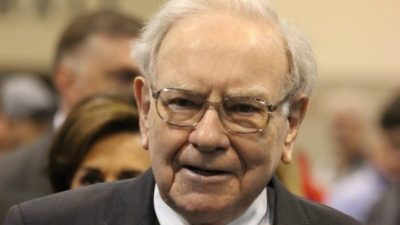Maybe you're looking to make your first investment in an ASX-listed share. Or, perhaps you're hoping to get a better entry on your next buy. The ideal time of day to add to your portfolio is an interesting question to think about.
Simplistically, the return made on any investment is determined by two variables — the buy price and the sell price. There are many factors that influence these values between buying and selling, but let's focus on the buy.
As an investor, there are a few things that you can control as a small shareholder. One of those is the price paid for admission.
Unlike an electricity or internet bill, you can decline to enter if you're unsatisfied with the price for an ASX share. Instead, the share market can be somewhat treated like a mall… one where you know what you want, but wait for a bargain price.
Having said that, is there anything to suggest there's a prime time for buying at a specific point in the day?
What is the best time to load up?
Firstly, I want to emphasise that the longer you intend on holding an investment, the less important this information will be. Aside from companies at the small-cap end of the market capitalisation spectrum, the max variability for most ASX shares in a single trading session will typically be less than 5%.
Ultimately, a 2% or 3% difference in the price paid for an investment is negligible if the goal is 366% over 20 years (historical returns of 8% compounded annually). Put a different way… your returns are more closely correlated with how long you hold onto those ASX shares, rather than when you bought them — as shown below.
| Time Frame | Positive return probability | Negative return probability |
| 1 day | 54% | 46% |
| 1 quarter | 68% | 32% |
| 1 year | 74% | 26% |
| 5 years | 86% | 14% |
| 10 years | 94% | 6% |
| 20 years | 100% | 0% |
Nevertheless, the conventional wisdom of the past has suggested that midday presents an opportunity for those wanting to avoid the bulk of volatility. Markets tend to be more volatile in the mornings as investors and traders initially respond to any announcements. Commonly, share prices have stabilised by midday.
Furthermore, prices tend to pick up steam in either direction as the market approaches the close. One reason for this could be that day traders generally don't hold positions overnight. As a result, there can be a final rush to close out any remaining trades before the final bell.
Secondly, managed index funds will rebalance their holdings at the end of the day. This can create an influx of volatility due to the enormous dollar value being moved.
Why is there so much intraday volatility among ASX 200 shares?
Volatility has always been part and parcel of share markets around the world. However, the proliferation of high-frequency trading (HFT) is believed to have amplified the ups and downs in recent history.
For those unaware, HFT uses computer algorithms to trade securities at extremely high speeds. It's not uncommon for some of these trades to take place in intervals measured in milliseconds. Firms leveraging HFT seek out small imbalances in share prices and exploit them with large sums of money.
Initially, HFTs were thought to be a positive — improving market efficiency and accuracy. However, following the devasting 'Flash Crash' of the Dow Jones in 2010 — where rampant selling was magnified due to HFT algorithms — swarms of investors have spoken out against the trading method.
For ASX shares, the effects of HFT are characterised by abnormally high end-of-day trading volumes. Around 25% of all ASX share market volume is now in the match, according to The Australian Financial Review.
Fortunately, the ramifications are relatively minute for long-term investors.









